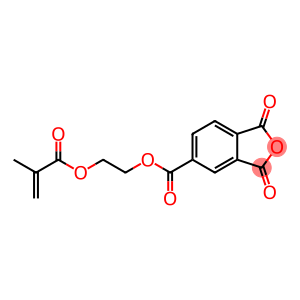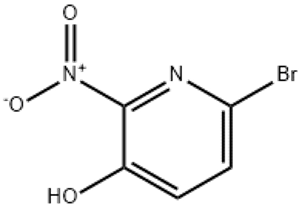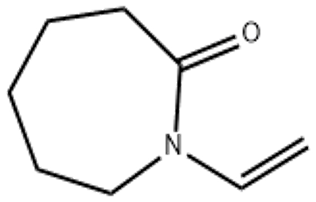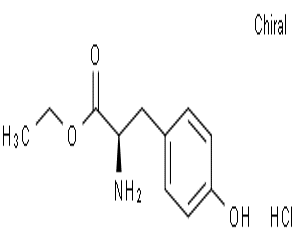5-Isopropyl-2-methylphenol(CAS#499-75-2)
| Hazard Symbols | C – Corrosive |
| Risk Codes | R22 – Harmful if swallowed R34 – Causes burns |
| Safety Description | S26 – In case of contact with eyes, rinse immediately with plenty of water and seek medical advice. S36/37/39 – Wear suitable protective clothing, gloves and eye/face protection. S45 – In case of accident or if you feel unwell, seek medical advice immediately (show the label whenever possible.) |
| UN IDs | UN 3265 8/PG 3 |
| WGK Germany | 3 |
| RTECS | FI1225000 |
| HS Code | 29071990 |
| Hazard Class | 8 |
| Packing Group | III |
| Toxicity | LD orally in rabbits: 100 mg/kg (Kochmann) |
Introduction
Carvacrol is a natural compound with the chemical name of 2-chloro-6-methylphenol. It is a colorless to pale yellow solid with a special aromatic odor.
Carvacrol main uses:
Antimicrobial agents: Carvacrol has certain antibacterial properties and is often used in the preparation of antibacterial agents, such as antibacterial soaps, antibacterial detergents, etc.
Carvacrol is usually prepared in two ways:
It is prepared by the condensation reaction of methyl bromide and o-chlorophenol.
It is prepared by chlorination of o-chloro-p-methylphenol.
The safety information for carvacrol is as follows:
It is irritating to the skin and eyes, so wear protective gloves and goggles when in contact with it, and pay attention to protection.
Long-term exposure to carvacrol may have adverse effects on the central nervous system and skin, and safe operating procedures should be followed to avoid prolonged exposure.
Inhalation, ingestion, and swallowing of carvacrol may cause toxic reactions, and medical attention should be sought immediately if symptoms of poisoning develop.
Carvacrol should be stored in a cool, dry place away from fire and flammable materials.
Carvacrol has certain toxicity and irritation, and should be used with attention to safe operation, quantitative use, and compliance with relevant regulations and guidelines.








